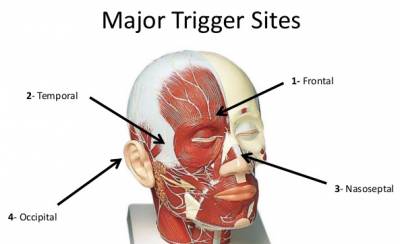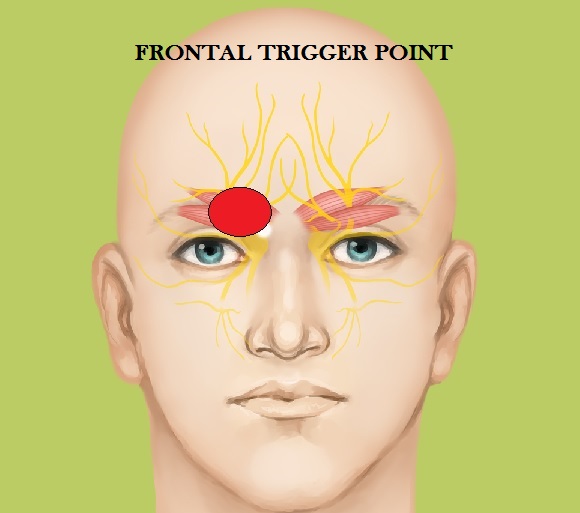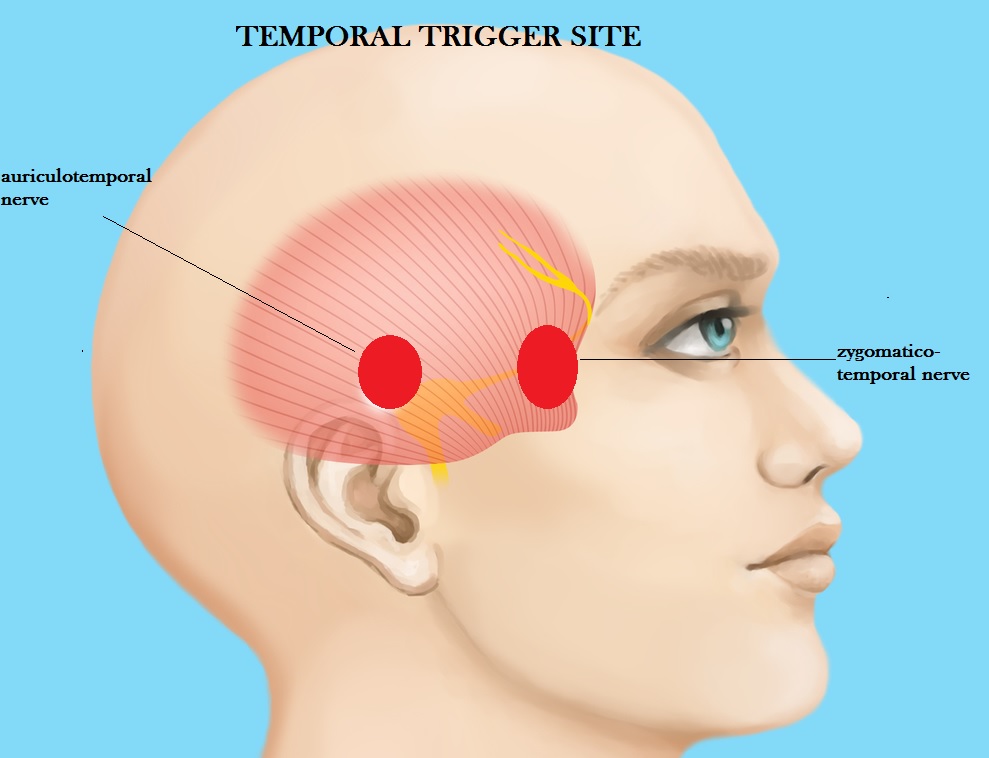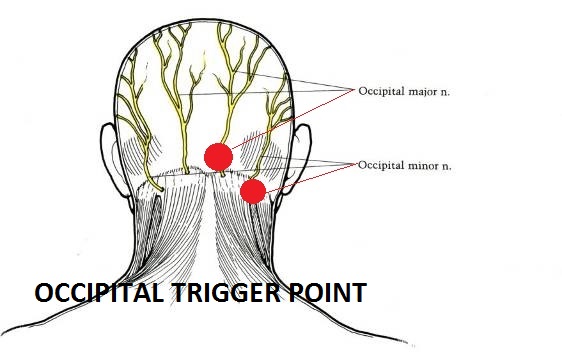Migraine Surgery

Migraine headaches are a neurological disease that frequently have a wide range of symptoms, the most common being a headache. Surgery for migraine headaches was first discovered by a Cleveland plastic surgeon, who noticed that patients were reporting migraine relief after undergoing cosmetic brow-lift surgery. Research later showed that release of the supraorbital nerve, which is commonly done during brow-lift surgery, was the reason for this improvement.
Since that discovery, we now know of several other nerves that can trigger migraines headaches. The migraine treatment is based on the theory that migraine headaches arise due to inflammation of some nerve branches in the head and neck caused by irritation of the surrounding structures such as muscles and fascia bands. Surgical treatment typically includes decompression of one or more of these nerves, similar to the treatment of carpal tunnel syndrome.
While many patients experience pain in only one specific trigger site, it is not uncommon to experience pain at multiple sites simultaneously. Further, migraine pain can start at one site, but spread to other areas. Surgical procedures have been developed at 4 trigger sites; frontal, temporal, rhinogenic, and occipital.
At the frontal trigger site, located in the area of the eyes and forehead, the supraorbital and supratrochlear nerves can be irritated due to compression from the so named corrugator muscle. Decompression and muscle removal can be achieved either endoscopically (by using scopes going through small incisions) or through an upper eyelid incision. Also treatment with botox in this particular area is very popular, as there is a significant reduction in the frequency of attacks and number of migraine.

The temporal trigger site involves the zygomaticotemporal nerve and the auriculotemporal nerve. The pain is described as pulsatile by some, but not all patients, as these nerves are in close proximity to the supratemporal artery. The surgery can be done under local anesthesia. Incisions are made in the hair-bearing area of the scalp and the nerves are divided and removed as they do not cause any sensibility problems.

The occipital trigger site at the back of the head is related to compression of the greater occipital nerve, which is the largest sensory nerve in the body, and the lesser occipital nerve. Surgery of the greater occipital nerve consists of removal of a segment of the semispinalis capitis muscle under general anesthesia, while the lesser occipital nerve can be easily removed under local anesthesia.

Finally, paranasal headaches may involve intranasal abnormalities, e.g., deviated septum, which may irritate the end branches of the trigeminal nerve. Surgical treatment includes septoplasty and turbinectomy.
If you would like to be considered for migraine surgery you must first: Be seen by a neurologist and diagnosed with migraine disease, report side effects or unsuccessful results from other treatment options and can locate the pain in one or more trigger points mentioned above.














